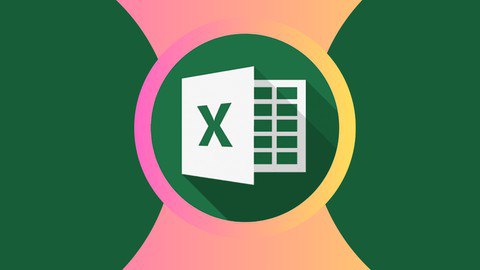Mastering Microsoft Excel: Pivot Tables, Formulas, and Functions
Introduction to Excel and Its Power
So, you’re diving into Excel, huh? Great choice! Excel is not just a spreadsheet tool; it’s a powerful data analysis machine. Let’s get started with the basics—understanding the Excel interface, navigating spreadsheets, and getting familiar with formulas and functions. These are your bread and butter in Excel.
Getting Comfortable with Data Entry and Formatting
Before jumping into Pivot Tables, you need to nail down data entry and formatting. This isn’t just about typing in numbers; it’s about making your data work for you. Learn how to format your data, set up data validation, and apply conditional formatting to highlight the data that matters.
Excel on Steroids: Multiple Worksheets and Workbooks
When one sheet isn’t enough, you’ll need to manage multiple worksheets and workbooks. This is where things start to get interesting. You’ll learn to juggle multiple datasets, link workbooks, and organize your data efficiently.
Pivot Tables: Your New Best Friend
Now, let’s talk Pivot Tables—Excel’s secret weapon. Pivot Tables let you summarize, analyze, and explore large datasets with just a few clicks. You’ll start by creating basic Pivot Tables and then customize them with row labels, column labels, values, and filters. The goal? To make your data tell a story.
Advanced Pivot Table Techniques
Once you’ve got the hang of the basics, it’s time to level up. We’re talking about calculated fields and items—tools that let you perform complex calculations directly within your Pivot Tables. And don’t forget about slicers, which offer interactive filtering for your data, making your analysis even more dynamic.
Pivot Charts: Visualizing Data
A Pivot Table’s best friend? A Pivot Chart. Learn how to create Pivot Charts from your Pivot Tables to visualize your data in a way that’s easy to understand and impactful. These charts help you see trends and patterns that might not be obvious from raw numbers alone.
Optimizing Performance and Troubleshooting
Pivot Tables are powerful, but they can be a bit tricky. This course will arm you with tips and tricks to optimize their performance, ensuring they run smoothly, even with large datasets. Plus, you’ll learn how to troubleshoot common issues, so nothing slows you down.
Real-World Applications and Case Studies
Finally, it’s all about applying what you’ve learned. We’ll dive into real-world examples, showing you how professionals use Pivot Tables for data analysis. By the end, you’ll be confident in using these tools to turn raw data into actionable insights.
Who Should Take This Course?
This course is for anyone ready to master Excel, from beginners to seasoned pros looking to sharpen their skills. Whether you’re working with small datasets or analyzing complex information, this course will make you proficient in Excel’s most powerful features.
Ready to transform your Excel skills? Let’s get started and unlock the full potential of Microsoft Excel Pivot Tables, formulas, and functions!



